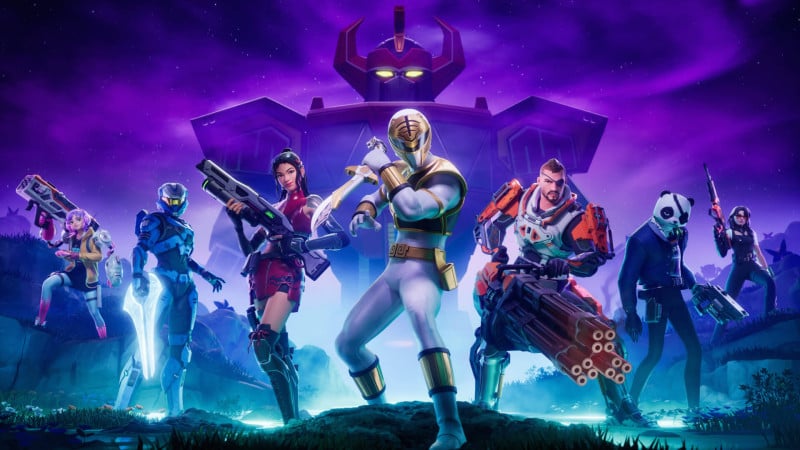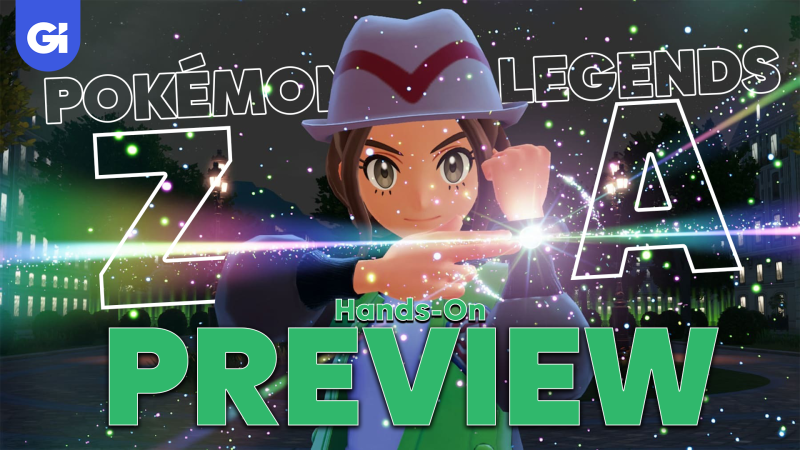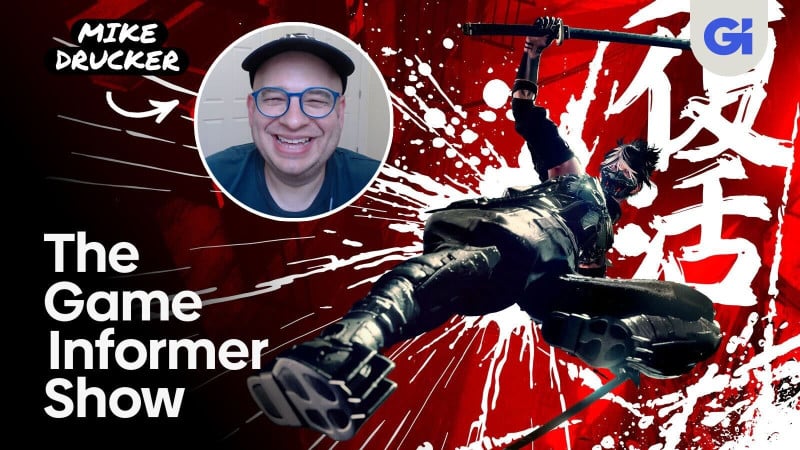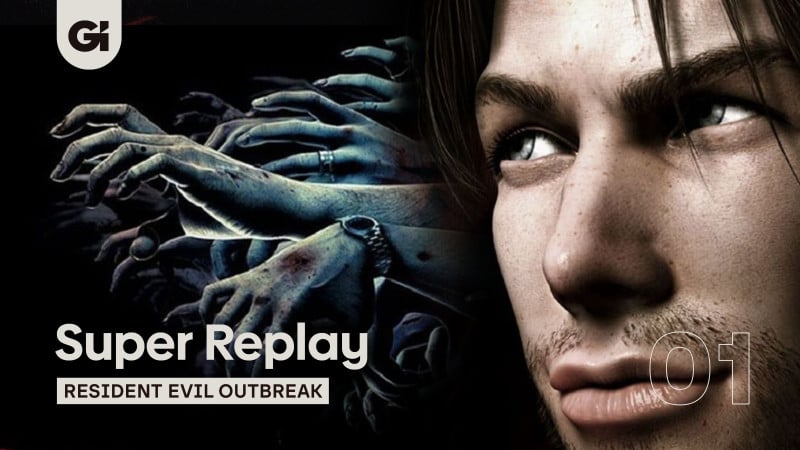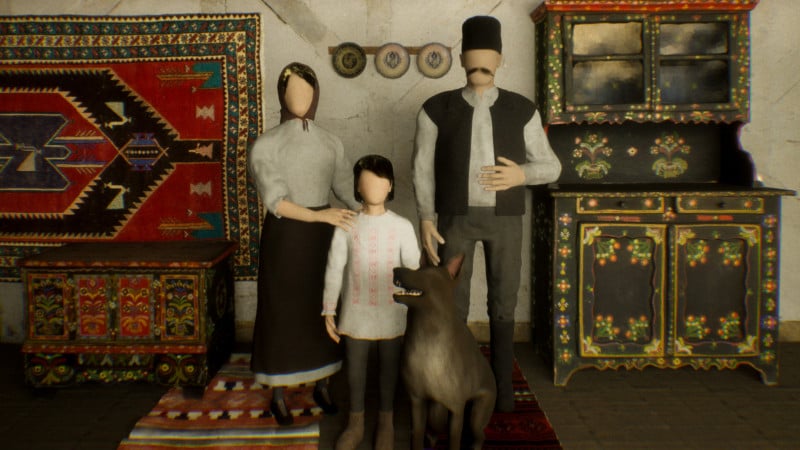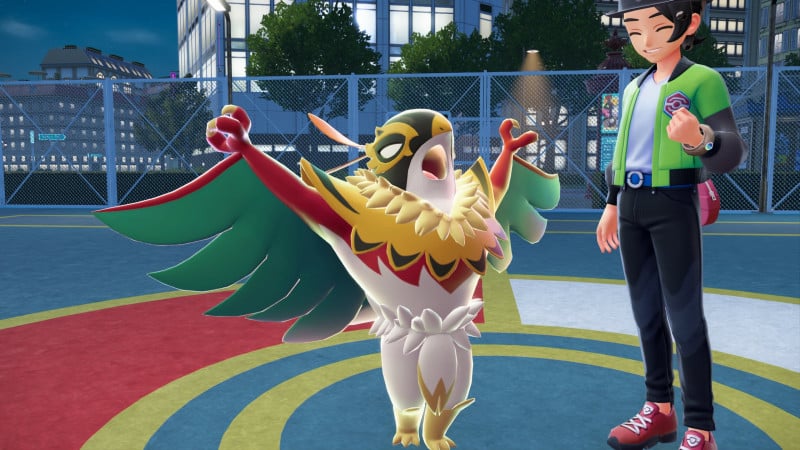Back in 2007, Game Informer put an upcoming first-person shooter from a lesser-known studio called Gearbox Software on its cover. The game was from a new IP called Borderlands, and promised, as the cover’s tagline said, to combine concepts from action/RPGs like Diablo with the post-apocalyptic setting from series like Mad Max within the wrapper of a first-person shooter. The game looked promising thanks to its tight gameplay, genre-melding concepts, and promise of millions of guns. Still, there was just one problem: Borderlands and Gearbox had a massive identity crisis to address as deadlines rapidly approached.
The Borderlands that existed in 2007 – the one Game Informer plastered on its cover and devoted 10 pages to in the September issue of that year (read the full original cover story here), shortly after abandoning the codename “Pandora” – took its Mad Max inspiration to heart. Though the team collaborated with Ron Cobb, a renowned artist who designed aliens for Star Wars, aircraft in Indiana Jones, and did production design on Conan the Barbarian, the original art style didn’t feel right, and it was becoming increasingly difficult for the development team to ignore.
At the time, Gearbox was known for its work on ports and content for series like Tony Hawk’s Pro Skater, Halo, and Half-Life, as well as its Brothers in Arms series. Borderlands, despite being a first-person shooter, seemed like a big gamble by comparison; it wasn’t in line with the military-shooter subgenre that was experiencing a surge in popularity around that time. It was an all-new IP and an unconventional combination of genres in a space occupied by heavy hitters.
“Before we launched it, there were a lot of people going, ‘Well, cute, but it’s a post-apocalyptic vibe, and id Software is making Rage and Bethesda is making Fallout. You guys are screwed,'” Gearbox co-founder and CEO Randy Pitchford recalls. “We believed in it, but a lot of people believe in things that don’t work, so are we tricking ourselves?”
As development and conceptualization of the original Borderlands began in 2005, Gearbox came up with six different art styles to choose from, ranging from safe to over-the-top. With such a crowded field of games that appeared similar, Gearbox initially opted to play it safe with the art style. “If we’re just alone, and we have to get something out, and it’s not what we’re depending upon for our own livelihoods or for the livelihoods of the people we care about around us, we can make art and if it doesn’t work, cool, because that’s not why we’re making it; we’re not trying to sell it, we’re making it because we have to feel it,” Pitchford says. “There was, I think, a moment when, ‘Man, it’s kind of got to be realism or there’s just no market opportunity.’ And we did it, but we knew it wasn’t exactly right; it just wasn’t exactly right for what the look and feel and vibe of what Borderlands was supposed to be – it didn’t match the gameplay.”
The team at Gearbox took a long, hard look at the gameplay, narrative, and visuals to determine what wasn’t quite clicking. The grounded, gritty look they originally went with felt at odds with the over-the-top action that saw player-characters jumping sky-high and enemies exploding when gunned down. Additionally, there was a real concern that what they thought was the “safe” choice – the grounded art style – was no longer safe due to the influx of games with a brown color palette and post-apocalyptic visuals that emphasized realism.
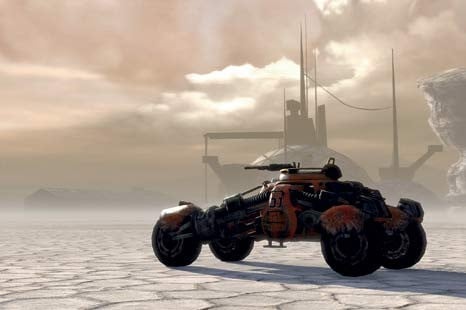
“I was attracted to the project in Gearbox at the beginning because of some of the more grounded, darker vibe; I had never played a first-person shooter in a post-apocalyptic world at all,” Borderlands 4 art director Adam May, who was a character modeler on Borderlands 1, says. “I was all gung-ho and excited for it, but then, as we were working on it, other things started popping up, and we started seeing some of the art style, especially when Fallout [3] was first announced, and we were like, ‘Oh crap. We’re in the same visual space that they are.'”
As part of the art team, May sat next to Scott Kester, a concept artist for Borderlands, who enjoyed doodling during his downtime. May describes Kester’s sketches as “illustrated graffiti,” and one of those quick drawings caught his eye. The character depicted in that eye-catching drawing went on to become Captain Flynt in the game, but more importantly, it sparked something within the art team. Working alongside Kester and art director and executive producer Brian Martel, May translated the distinctive 2D sketch style into 3D game art. After seeing it in this new form, May and the rest of the team knew what had to be done.
The art team approached Pitchford, acknowledging that they were up against tight deadlines (specifically their Alpha milestone) and asked him about converting the grounded, realistic art style into one that veers closer to a living, breathing comic-book style. Off the cuff, Pitchford gave them permission to explore the idea, but immediately regretted it.
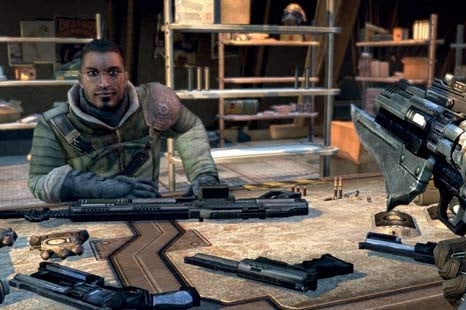
“They’re like, ‘Why don’t we just kind of go off to the side for a minute and see if we can mess with this and figure it out?’ I’m like, ‘Okay, I’ll give you two weeks,'” Pitchford says. “It was, like, five guys with two weeks to go mess around with the look and the feel, and I immediately knew I made a mistake. I was like, ‘S—. We’re trying to get to Alpha, dude. There’s a business here. I’m responsible for other people’s money. I’m going to let these guys spin for two weeks, which means they’re going to be even more invested in what they’re doing, and then I have to go in and look at what they did, and I have to shoot it in the head. That’s what’s going to happen here. Son of a b—-. I’m an idiot. Why did I do that?’ But there was something in my heart that knew that we had to at least look at and explore. I knew we weren’t right.”
May was a part of the team that Pitchford sent to investigate this new art style, which resulted in a lot of back and forth as the artists debated on the right level of detail and exaggeration, as well as the kinds of silhouettes and shapes they wanted to form with these new, more cartoonish character models.
Those two weeks passed, with Pitchford dreading the conversation where he would inevitably have to shoot down the hard work he had authorized the art team to spend so much time on. But that’s not what happened. “Two weeks go by, I go into the meeting and, looking at it, it’s f—ing right; It’s right,” he recalls. “It feels right. And it’s like everything we knew about what was wrong was confirmed when we felt it was right.”
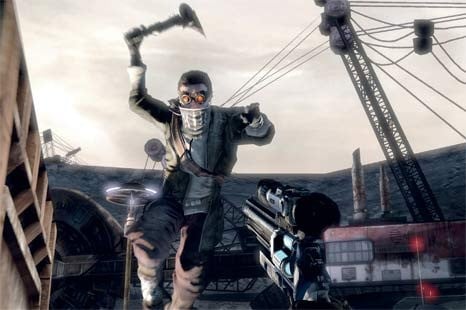
Pitchford knew it would take a herculean effort to pull this off, both from the business side and the development side, but he trusted his and his team’s gut. “We were already taking every risk: We were going out on a limb with design, we were going out on a limb with the universe and the story, it was a new IP; like, we were taking every risk known to man,” he says. “‘F— it, let’s do what our heart says is right.'”
Fully convinced to redo the entire game with this new art style, Pitchford wanted the team to get to work right away. However, first things first: He needed to get approval from the publisher, 2K. He flew from Gearbox’s headquarters in Frisco, Texas, to 2K’s offices in Novato, California, to meet with the publisher’s executives and marketing team to pitch the change. Although there was some pushback due to the impending deadlines and a protracted development cycle that exceeded the initial plans, Pitchford was able to secure the full support of 2K.
“I wouldn’t have done it if I didn’t know that between the marketing team and the publishing team, and even [then-2K president] Christoph [Hartmann] himself, the leadership of 2K, they really were with us,” Pitchford says. “If I didn’t believe that was the case, something else would have happened. So we did it together, but I had to really put myself out there. It was pretty exciting.”
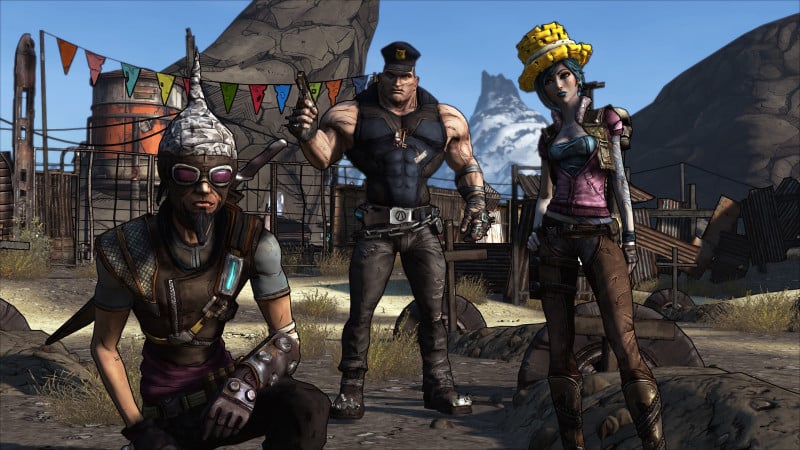
The new art style featured bold lines, exaggerated proportions, and more vibrant colors
Explaining to and convincing 2K to allow Gearbox to completely revamp a game that was nearly ready for Alpha was challenging enough, but now Pitchford’s team had an even more daunting task ahead of them: actually pulling it off. Despite many believing it was the correct call, not everyone was on board. “We lost a few people during that art transition, because we had a lot of people that were excited about doing something that looked pretty grounded and realistic,” May says. “There was just some back and forth, and even I struggled a little bit. Like, ‘Is anyone going to take this serious?””
Amid worries that gamers wouldn’t find the new art style mature enough, there were also concerns about the amount of work the process would entail. When I ask Borderlands 4 creative director Graham Timmins, who was the lead level designer on the original Borderlands, his first thought when he learned about the impending transition, he quickly says, “F—ing insane.”
“We had already been working on the game for several years at that point, and not only did we change the art style, we basically threw out all of the levels – I think only Trash Coast and, like, one other level made it through – everything else, we remade basically from scratch,” Timmins says. “From January to, like, August or September of that year, all of the level designers – at the time, level design, mission design, and level art were all just under ‘level design’ under me – we rebuilt the whole game to match the new art style from that time. It was an incredibly intense time, and we were like, ‘What the hell are we doing?'”
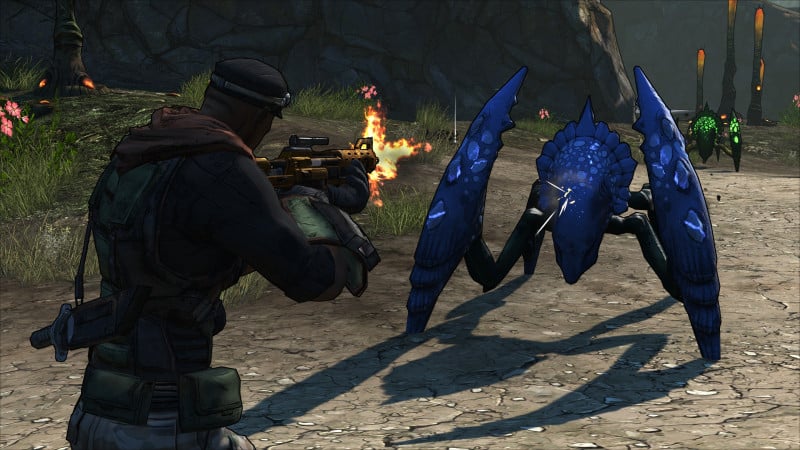
Even if doubts and anxieties crept in during the process, as Pitchford, May, and Timmins wondered if they were making the right decision, they all arrived at the same conclusion: absolutely. “We saw the prototype that Randy and some other people were working on, and it gave us the attitude that the levels were missing,” Timmins remembers. “It gave us the personality, the vibe that was missing. So, it was like, ‘Well, this is better. We have to do better. Just because what we have exists doesn’t mean it’s good.'”
Gearbox got to work on not only rebuilding the world and its characters with this new visual aesthetic, but also creating new characters. Around that time, Gearbox decided to add a fourth playable Vault Hunter, Brick, making him the only original Vault Hunter to have only existed in the new art style. The new look also led to Gearbox creating what many consider the mascot of the Borderlands franchise: Claptrap. Martel wanted a likable spokesperson who could soften the seriousness and grittiness of the world, so as the visual identity changed, so too did the narrative and world identity.
“We started to figure out, ‘This is what Borderlands is. I can finally see it. We have a great art style that represents the attitude,'” Timmins says. “All the balance was coming together. So, it was a very intense time. It was crazy to see, basically, a whole game come together in a matter of months and ship it. It was a really special time.”
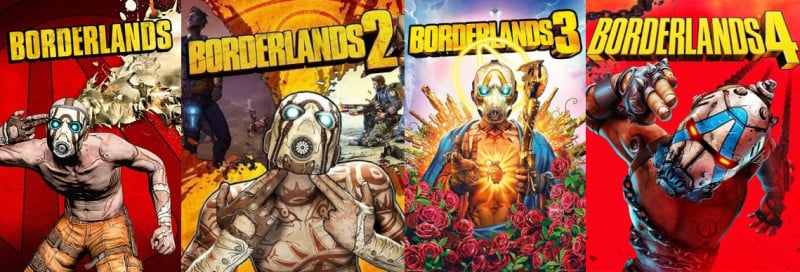
The Psycho has been used on the cover of every numbered Borderlands franchise
Another noteworthy change came in the appearance of the now-iconic Psycho enemies. Originally depicted with respirators and goggles, the art team later refined their look to the recognizable masks that are featured in each game to this day. And true to the franchise’s new identity, the inspiration for the Psycho masks came from an unlikely and humorous source. “I think it was our old art director, Jen Wildes, who first pushed us to push the style and tone,” May says. “She immediately started talking about ball-gags and stuff, so that visual big, round circle in the front was actually inspired by a ball-gag. We thought a ball-gag was probably a little too much, but something like a big, bladed respirator in the front still had the same vibe and feel and weird wackiness to it without being so on the nose.”
Those masks have also appeared on the box art of every mainline Borderlands title, giving the Psychos a rightful claim to be the series’ actual mascot. According to May, the elevation of the redesigned Psychos to perennial cover-art star was done in collaboration with 2K. The team felt the punk-rock stylings of the Psycho were indicative of the new attitude Borderlands had adopted through this overhaul.
When Borderlands launched in 2009, it sold in excess of 4.5 million units over the course of its first several years, spawning myriad sequels that build upon and evolve the art style established by the final version of the original game. Even as technology has evolved, the art style established in 2009 continues to influence the direction of games in the franchise, and the striking aesthetic has become as synonymous with the franchise as Claptrap, Psychos, and looting. Borderlands 4, despite being the most vibrant and ecologically diverse entry in the franchise, still possesses an obvious iteration and evolution of that Borderlands 1 launch art style.
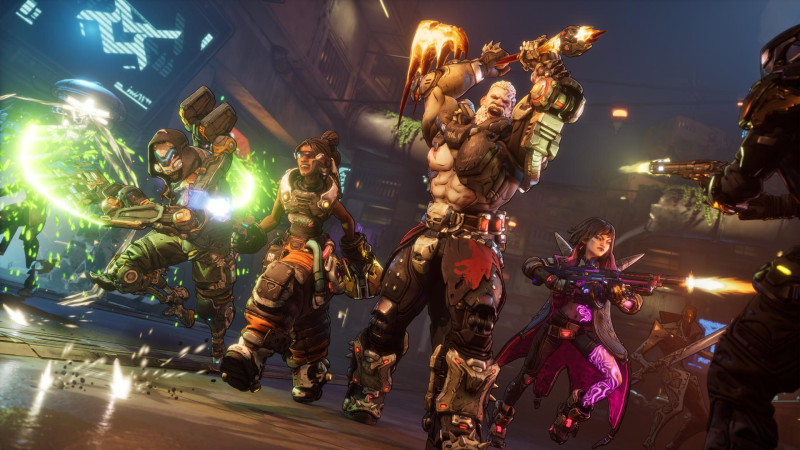
Borderlands 4
For May, the shift in the visual stylings was a significant part of that success. “It was absolutely instrumental,” he says emphatically. “The problem was that so many things were coming out. We were an unknown game, an unknown company, working on something, and on the horizon was Fallout. So there were definitely similarities there, and I think we would have probably been lost in the noise. You couldn’t not look at it because nothing else looked anything like that at the time, so at a bare minimum, it got the attention that we needed early on.”
Although the workdays were long and stressful, and the last-minute change caused more than its fair share of stress, today it’s not even a question of whether the team made the correct decision. Instead, you can now trace back to that decision as one of the most crucial turning points in the history of one of gaming’s most well-known franchises. And when players fire up Borderlands 4 this month, they’ll be able to see the ultimate realization of the fateful decision made by a small team from Frisco, Texas, more than a decade and a half ago.
“It was insane that we did it, but it was absolutely the right call,” Timmins says. “I’m very proud of the franchise and seeing where it’s come from: a primarily brown dustbowl planet, to this massive universe now with all kinds of media behind it that we can explore. It all started in those handfuls of months back in 2009.”
